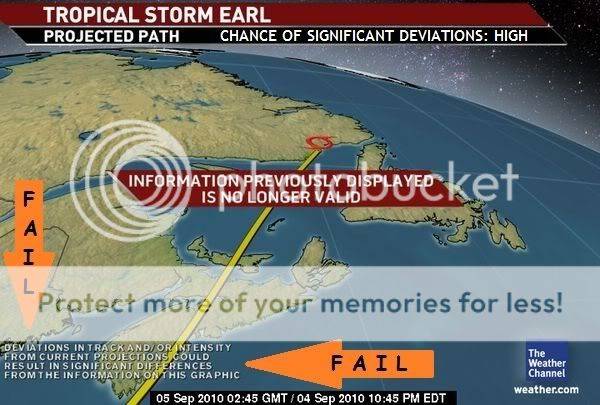John C. Fyfe, Nathan P. Gillett and Francis W. Zwiers
From NATURE CLIMATE CHANGE,| VOL 3 | SEPTEMBER 2013 | @ http://www.see.ed.ac.uk/~shs/Climate change/Climate model results/over estimate.pdf
Oh really? And this comes from a leading source of environmental commentary!
From NATURE CLIMATE CHANGE,| VOL 3 | SEPTEMBER 2013 | @ http://www.see.ed.ac.uk/~shs/Climate change/Climate model results/over estimate.pdf
Recent observed global warming is significantly less than that simulated by climate models. Thisdifference might be explained by some combination of errors in external forcing, model response andinternal climate variability.
Oh really? And this comes from a leading source of environmental commentary!






